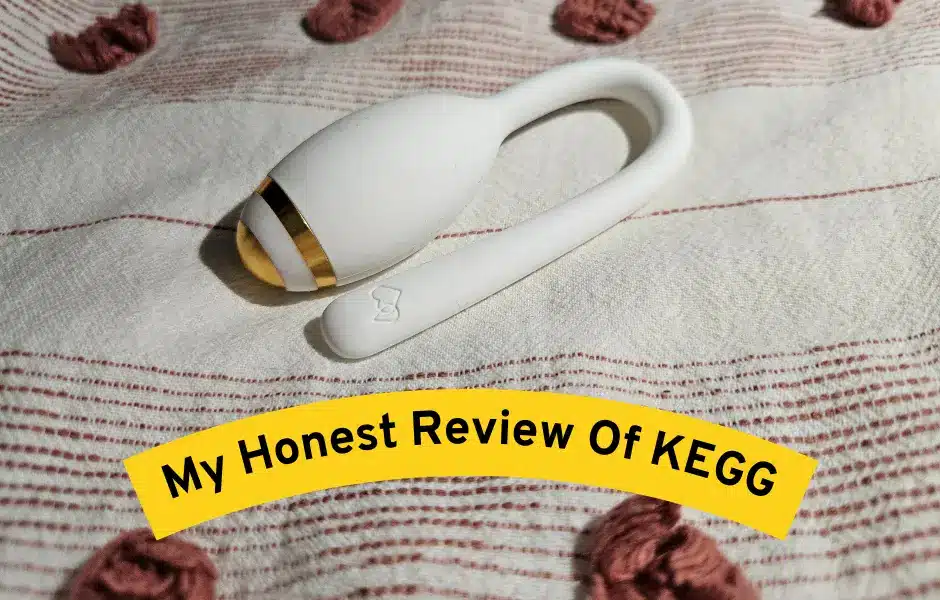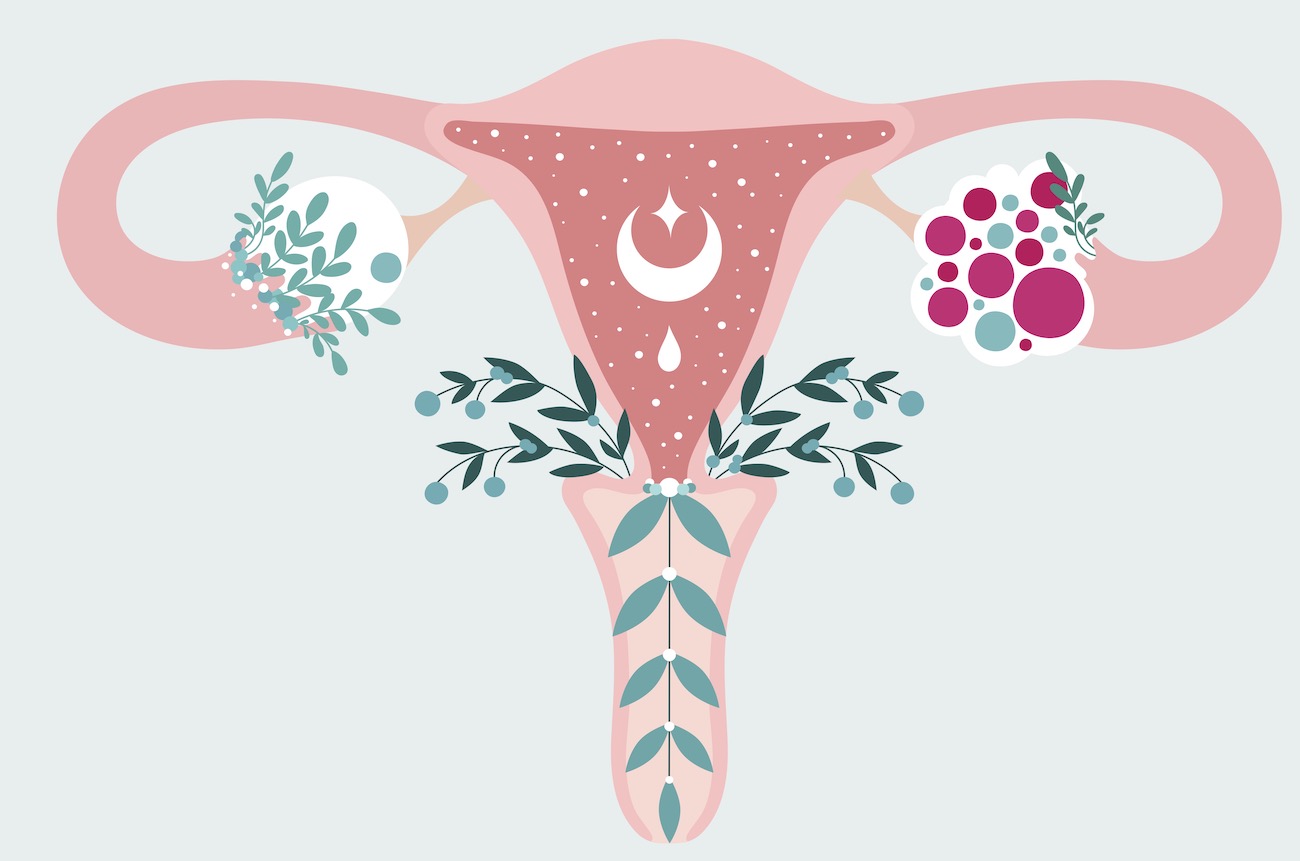I was very overwhelmed when my partner and I began trying to conceive but I eventually ended up getting kegg and I have been very impressed by the experience. I understand that timing is important but trying to figure out when I was fertile on my own was fruitless. I found the fertility tracker market was even more overwhelming. I decided to learn and try several fertility trackers to determine what would work the best for me, and likely many other women in the same shoes as me.
What is kegg?
There are many different fertility trackers on the market, but kegg is different. kegg detects the composition changes of the cervical mucus driven by the fluctuating hormones. When the body enters the fertile period, the cervical fluid shifts to a more sperm-friendly place. The electrolyte changes in the fluid provide nourishment to the sperm, help the normal sperm get to its destination while filtering out the abnormal ones, and create a less hostile environment for sperm’s delicate survival. In short, kegg “reads” the cervical fluid to show you when it is fertile, giving you the full 5 days to give you the best shot at getting pregnant.
kegg is a small egg-shaped device and is inserted into the vagina for just two minutes a day. The device connects to the free accompanied app to display your results as well as allows you to track other fertility insights, should you desire to do so. kegg has an optional kegel exercise feature enabling you to complete guided kegel exercises before taking your reading. kegg is used during the same 2-hour window on nonbleeding cycle days in a timeframe that is convenient for the user.
Benefits of kegg
The unique benefits of kegg are plentiful.
- The user sees the full fertile window: The cervical fluid shifts to a more hospitable environment to sustain the sperm. The kegg user can see the fertile window appear in the form of a valley. Instead of seeing 1-2 days of the fertile window, the kegg user sees all 5 days.
- kegg comes with a money-back Pregnancy Guarantee so it will work for you or you get a full refund.
- kegg can be used during a timeframe that works well for the user (aka, not necessarily first thing in the morning!)
- It is mess and clutter free: no wrappers, pee cups, etc. Just simple and straightforward.
- Women with irregular cycles and PCOS can benefit from kegg. The user does not have to have a regular cycle to see the fertile valley. Any user who cycles and ovulates can watch their fertile valleys form and try during the fertile valleys that form.
- There is no ongoing cost making it one of the least expensive yet most technologically savvy fertility trackers on the market.
- kegg is the ONLY cervical fluid tracker on the market.
Who Benefits from kegg:
- Anyone who is trying to get pregnant. You can increase your odds of pregnancy by targeting the most fertile days. kegg users see the full fertile window and can flexibly and optimally time their efforts.
- Anyone who wants to track their cycle. Understanding your phases of your cycle is empowering. Understanding when your period is coming is life-changing.
- Women with irregular cycles and PCOS. You don’t need to have a perfect 28-day cycle to be successful with kegg. While watching your readings, irregular cycle users have intercourse (or inseminate) during their valleys.

The Importance of Identifying the Fertile Window
Cervical fluid has the miraculous ability to extend the fertile window from about 1 day (the egg’s lifespan if not fertilized) to a staggering 5 days by being able to sustain sperm for this duration of time. There is a generalized emphasis to time conception efforts on ovulation day itself.
However, fertility tracking apps grossly miss this mark, only correctly identifying ovulation day less than 30% of the time.
The days leading up to ovulation have the highest potential to result in pregnancy in comparison to trying on ovulation day itself. LH testing increases the women’s awareness of her fertile window to about 2 days. However, those 3 days prior all hold the potential and opportunity to result in pregnancy.
I was drawn to kegg because I learned early on (thank you, Midwife Elisa!) that I needed to be trying during the full fertile window and not limiting my fruitless efforts on ovulation day, and kegg affords the user the full fertile window.
Cost Consideration
I thought kegg was comparable to the other fertility trackers on the market in cost. However, after some quick considerations, I realized kegg was much cheaper in the long-run. Not only is there no wand or test stick fee, the app is also free to use so there is no ongoing cost. kegg comes with a money-back Pregnancy Guarantee so I felt assured the product would do what it intended risk-free, because I would get a full refund if I didn’t conceive.
| Product | Cost over 6 months | Cost over 12 months |
| kegg | $249 | $249 |
| Inito | $394 | $688 |
| Mira | $689 | $1217 |
The Final Considerations:
When purchasing a fertility tracker, you need to keep the following in mind:
- The per-cycle cost
- Check for any additional cost for long or irregular cycles
- The ability to see the full fertile window
- Convenience of use
- Risk-free or Guarantee Policy
After some quick calculations and considerations regarding the accuracy in seeing the full fertile window, the inclusion of a pregnancy guarantee, ability to be used by individuals with irregular cycles without an additional expense, and perhaps most importantly, no ongoing cost, kegg stood out and was easily the least expensive tracker I considered.
If you decide to try kegg you can use code FU20 to get $20 off. This is the best deal I was able to find on the internet on kegg.
Citation: Johnson, S., Marriott, L., & Zinaman, M. (2018). Can apps and calendar methods predict ovulation with accuracy? Gynecology, 1587-1594. https://www.tandfonline.com/doi/citedby/10.1080/03007995.2018.1475348?scroll=top&needAccess=true




